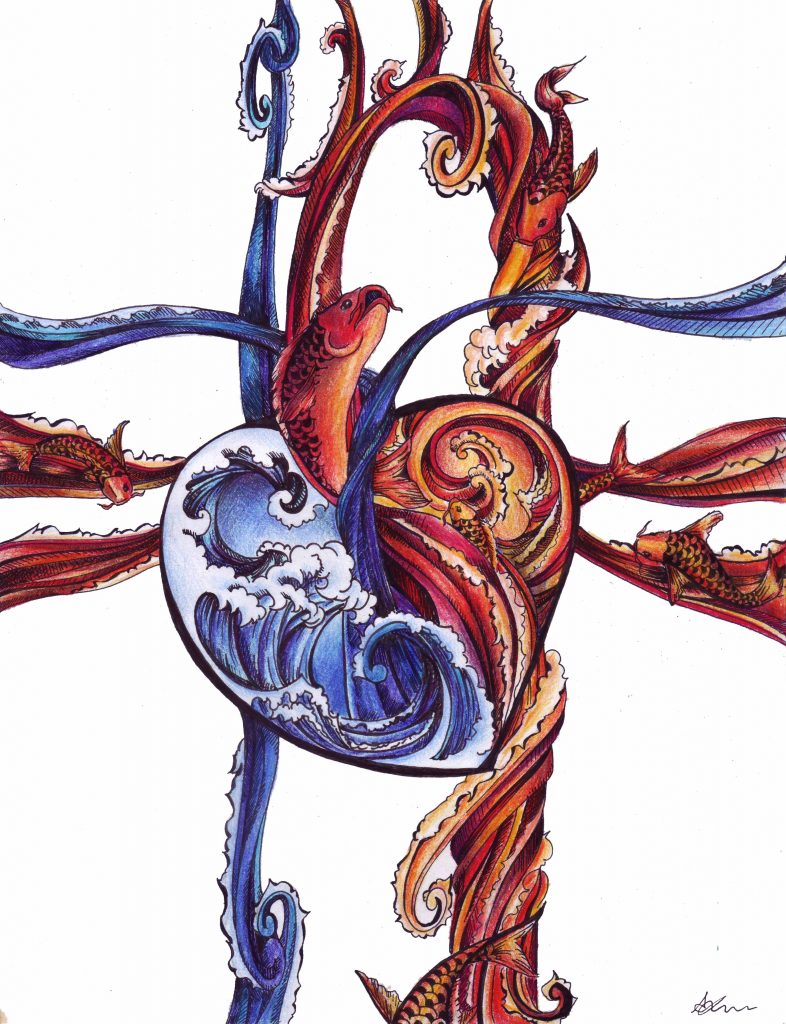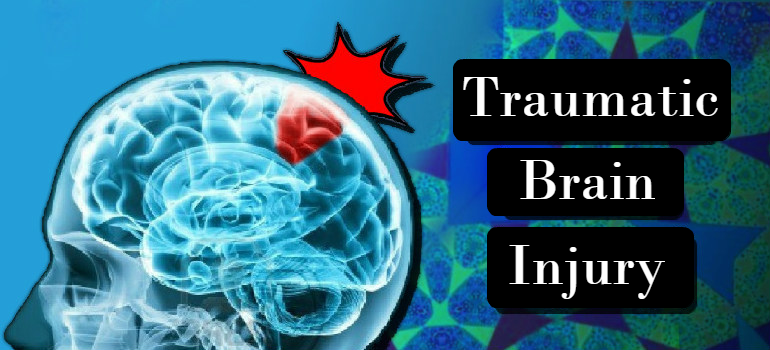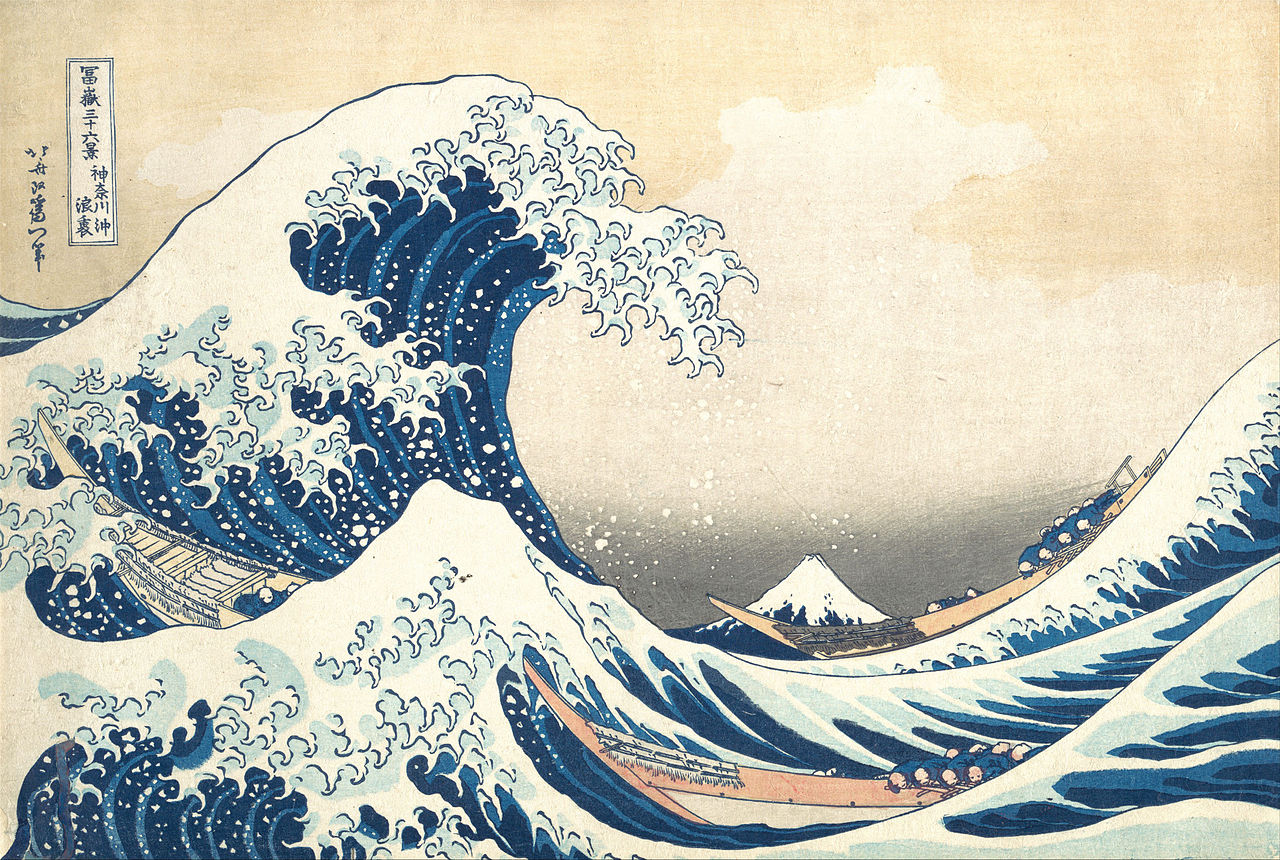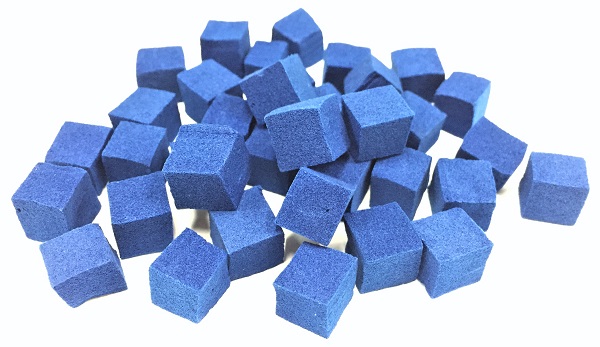One February event previously mentioned in my February 4, 2019 posting, ‘Heart & Art—the first Anatomy Night in Canada—February 14, 2019 in Vancouver’, is sold out! If you’re feeling lucky, you could join the waitlist (click on Tickets). I think the University of British Columbia’s Heartfelt images created by medical students will be featured at the event. The image below is from Heartfelt Images 2013,

I love how the artist has integrated a salmon and Hokusai’s Great Wave, while conveying information about blood flow into and out of the heart. BTW, you might want to look at the image on its ‘homesite’ as I don’t think the aspect ratio here is quite right. Note: Heartfelt Images were copied and moved to a new website and organized with newer images into the teachingmedicine.com site’s ‘Art Gallery‘.
Onwards, I have two events and an opportunity.
Traumatic Brain Injury: a Brain Talks event

The Brain Talks folks at the University of British Columbia (UBC) emailed a February 8, 2019 announcement (Note: I have made a few minor formatting changes to the following),
Traumatic Brain Injury; Molecular Mechanisms to Chronic Care
Wednesday, February 20th, 2019 from 6:00 pm – 8:30 pm
Join us on February 20th for talks on Traumatic Brain Injury spanning from molecular mechanisms to chronic clinical care. We are excited to announce presenters who both practice in the community and perform high level research. Our presenters include Dr. Cheryl Wellington, director of ABI Wellness Mark Watson, and clinical rehabilitation director Heather Branscombe.
Dr. Cheryl Wellington is a professor and researcher internationally recognized for her work on lipid and lipoprotein metabolism in the brain. Her group has made key contributions to the understanding of the role of apolipoprotein E (apoE) in Alzheimer’s Disease as well as the critical role played in repair of damaged neurons after TBI.
Mark Watson is the Chief Executive Officer of ABI Wellness, a clinic specializing in providing services for patients with chronic brain injury to improve higher order cognitive functioning. Mark has worked in education and cognitive rehabilitation since 2002, having served as a teacher, administrator, Executive Director and CEO. A frequent speaker on the topic of brain injury rehabilitation Mark has presented this work to: Public health agencies, BC Cancer Agency, The NHL Alumni Assoc., NFLPA Washington State.
Heather Branscombe serves as the Clinic Director and owner of Abilities Neurological Rehabilitation. A physiotherapist by training, Heather has consulted as a clinical specialist to a rehabilitation technology company and has taught therapists, orthotists and physicians across Canada. She is involved in research projects with the University of British Columbia (FEATHER’s project) and has been asked to be the exclusive BC provider of emerging therapy practice such as the telemedicine driven ReJoyce through rehabtronics. Professionally, Heather volunteers her time as a member of the Board of Directors for the Stroke Recovery Association of B.C. and is the past-chair of the Neurosciences Division of the Canadian Physiotherapy Association.
After the talk, at 7:30 pm, we host a social gathering with healthy food and non-alcoholic drinks. For physicians, the event is CME accredited for a MOC credit of 1.5.
We look forward to seeing you there!
Should you be interested in attending, tickets are $10 + tax. Here are the logistics (from the Traumatic Brain Injury event webpage),
Date and Time
Wed, 20 February 2019
6:00 PM – 8:00 PM PST
Add to Calendar
Location
Paetzhold Theater
Vancouver General Hospital
Vancouver, BC
View Map
Refund Policy
Refunds up to 1 day before event
You can purchase a ticket by going to the Traumatic Brain Injury event webpage.
Linguistics is a social science
I don’t offer much coverage of the social sciences, so there’s this to partially make up for it. From a February 7, 2019 Society of Italian Researchers and Professionals in Western Canada (ARPICO) announcement (received via email),
We are pleased to be writing to you to announce the first event of 2019. After having learned how hard-core dark matter physicists are finding out what our universe is made of, we’ll next have the pleasure to hear from a scholar in a humanistic discipline. Mark Turin will be talking on the topic of language diversity and its importance in our time. In a city with some of the highest levels of cultural variety in the nation, we believe this topic is very relevant and timely. Please, read on for details on the lecture by Dr. Turin in a few weeks.
The first event of ARPICO’s winter 2019 activity will take place on Wednesday, March 6th, 2019 at the Italian Cultural Centre (see the attached map for parking and location). Our speaker will be Dr. Mark Turin, an Associate Professor of Anthropology and First Nations Languages at the University of British Columbia in Vancouver. Trained in anthropology and linguistics, he has worked in collaborative partnership with Indigenous peoples in the Himalayas for over 20 years and more recently with First Nations communities in the Pacific Northwest. He is a committed advocate for the enduring role of Indigenous and minority languages, online, in print and on air through his BBC radio series.
We look forward to seeing everyone there.
The evening agenda is as follows:
6:30 pm – Doors Open for Registration
7:00 pm – Introduction by Nicola Fameli and Lucio Sacchetti
7:15 pm – Start of the evening event with introductions & lecture by Dr. Mark Turin
~8:00 pm – Q & A Period
to follow – Mingling & Refreshments until about 9:30 pm
If you have not already done so, please register for the event by visiting the EventBrite link or RSVPing to info@arpico.ca.
..
Also included in the announcement is more detail about the March 6, 2019 talk along with some logistical information,
Rising Voices: Linguistic diversity in a Globalized World
The linguistic diversity of our species is under extreme stress, as are the communities who speak increasingly endangered speech forms. Of the world’s living languages, currently numbering around 7,000, around half will cease to be spoken as everyday vernaculars by the end of this century.
For communities around the world, local languages function as vehicles for the transmission of unique traditional knowledge and cultural heritage that become threatened when elders die and livelihoods are disrupted. As globalisation and rapid socio-economic change exert complex pressures on smaller communities, cultural and linguistic diversity is being transformed through assimilation to more dominant ways of life.
In 2016, the United Nations General Assembly adopted a resolution proclaiming 2019 as the International Year of Indigenous Languages to help promote and protect Indigenous languages. This celebration of linguistic vitality and resilience is welcome, but is it enough? And in an increasingly and often uncomfortably interconnected world, what is the role for the ‘heritage’ languages that migrants bring with them when they move and settle in new places?
In this richly illustrated lecture, I will draw on contemporary examples from North America, Asia and Europe to explore the enduring importance and compelling value of linguistic diversity in the 21st century.
WHEN: Wednesday, March 6th, 2019 at 7:00pm (doors open at 6:30pm)
WHERE:Italian Cultural Centre – Museum & Art Gallery – 3075 Slocan St, Vancouver, BC, V5M 3E4
RSVP: Please RSVP at EventBrite (https://linguisticdiversity.eventbrite.ca/) or email info@arpico.ca
Tickets are Needed
Tickets are FREE, but all individuals are requested to obtain “free-admission” tickets on EventBrite site due to limited seating at the venue. Organizers need accurate registration numbers to manage wait lists and prepare name tags.All ARPICO events are 100% staffed by volunteer organizers and helpers, however, room rental, stationery, and guest refreshments are costs incurred and underwritten by members of ARPICO. Therefore to be fair, all audience participants are asked to donate to the best of their ability at the door or via EventBrite to “help” defray costs of the event.
Should you attend, read the parking signs carefully. Not all the areas adjacent (that includes parts of the parking lot) to the Italian Cultural Centre are open to public parking.
Her Story: an art/sci opportunity for filmmakers and scientists in Metro Vancouver
I found this on the Curiosity Collider website (Note: I have made a few minor formatting changes),
Her Story: Canadian Women Scientists will be a series of artist-created narrative videos in which local women scientists tell us stories of Canadian women who came before them in their field of study. Through these stories, we will also learn about the narrating scientists themselves. We are looking for several filmmakers to each create one 5 – 6 minute short film that features a mixture of live action, animation, and narration. Download this call in pdf.
Each film is a collaboration between a film artist and a scientist. The final product will be a storytelling artwork rather than a documentary style presentation. We encourage teams to incorporate unique complementary visuals that will enhance the scientist’s story and bring it to life.
Filmmakers are submitting an application to work with a scientist, and after being paired with one by Curiosity Collider, the scientist and filmmaker will choose a historical figure and create the content for the film in collaboration. Filmmakers may indicate a scientific field of interest, or propose their own Canadian woman scientist who would be interested in participating, however overall scientists will be selected with consideration for diversity of subject matter. Deadline for submission is 25 March 2019.
Your film will premiere as part of this project at an in-person viewing event in a Vancouver theatre in September 2019. The event will include an interactive component such as a panel discussion on art, science, and gender. After the premiere event, the videos will be available through Curiosity Colllider’s social media channels including YouTube and our website(s). We will also pursue subsequent opportunities as they arise, such as film festivals, University screenings, and Women in Science conferences. We envision this first series as the beginning of a collection that we will promote and grow over several years. This is an opportunity to get involved early, to join our growing community, and to be paid for your work.
We are expecting concept-driven independent freelancers with experience in directing, cinematography, shooting, editing, and animating of short films. $1300 is allocated to each film, which must feature live action, animation, and narration. Filmmakers are welcome to propose independent work or collaborative work (as a filmmaking team). If submitting a proposal as a team, the proposal must clarify team member responsibility and breakdown of fee; a team leader who will be responsible for contract and distribution of funds must be specified. The fee will be paid out only upon completion of the film. There is no additional funding for equipment rental.
Any animation style will be considered. The following National Film Board examples show a combination of live action, animation, and narration:
1. https://bit.ly/2xJTAwz, 2. https://bit.ly/2DDqvbw.
And this YouTube example shows another animation style (although it is lacking the narration and should be considered a visual example only):
3. https://youtu.be/I62CwxUKuGA?t=54
Animation styles not shown in the examples are welcome. If you have any questions please contact submissions@curiositycollider.org.
All complete submissions will be reviewed and considered. We will add you to our database of creators and contact you if we feel you are a great fit for any of our other eventsEligibility:
Your submitted materials must fit within our mandate.
You may submit applications for other Collider projects in addition to this one.
Applications will be accepted from everywhere, however filming will take place in Metro Vancouver, BC. At this time we are unable to cover travel expensesIn your submission package (scroll down to access submission form), include:
A statement (500 word max) about how you will approach collaboration with the scientist. Tell us about your scientific fields of interest, inspirations, and observations. Include information about your team if applicable.
A bio (200 word max)
A CV (3 page max)
Submit a link to a single video or reel of up to 7 minutes total to represent your work
A list of works included in your video submission, and any brief pertinent details (1 page max)
A link to your website
Your name, address, email, and any other contact information.
If you have any questions about this call for submissions, contact us at submissions@curiositycollider.org.
This project is funded by:
Westcoast Women in Engineering and Science (WWEST) and eng•cite The Goldcrop Professorship for Women in Engineering at the University of British Columbia
Enjoy and good luck!

